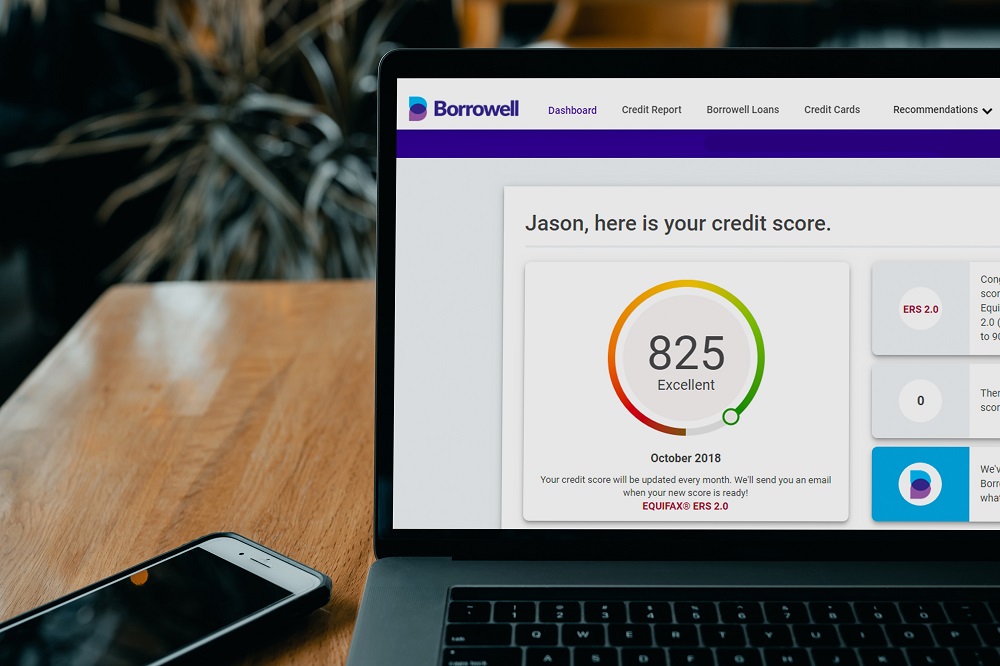
Hey there, fellow wealth-seeker! If you’ve landed on this page, chances are you’re looking to take your first step into the exciting world of investing. Well, congratulations on making that decision because you’re about to embark on a journey that can significantly impact your financial future. I know that the idea of investing might sound intimidating at first, but fear not. In this comprehensive guide, I’ll walk you through the basics of investing, demystify some of the jargon, and give you the confidence you need to start growing your wealth. So, let’s dive right in!
Understanding the Basics
What is Investing?
At its core, investing is simply putting your money to work to generate more money over time. Instead of letting your hard-earned cash sit in a savings account where it earns minimal interest, you can invest it in various assets like stocks, bonds, real estate, or even start your own business. The goal? To make your money grow and build wealth.
The Power of Compound Interest
One of the fundamental concepts you need to grasp is the magic of compound interest. It’s like a snowball effect for your money. When you invest, you not only earn returns on your initial investment but also on the returns themselves. Over time, this compounding can significantly boost your wealth. Albert Einstein called compound interest the eighth wonder of the world, and for a good reason!
Risk and Reward
Investing isn’t without its risks. You can potentially lose money, especially if you make uninformed decisions or panic during market downturns. However, with risk comes the potential for higher rewards. Understanding your risk tolerance is crucial. Some investments, like stocks, tend to have higher volatility but can offer substantial long-term gains. On the other hand, bonds and savings accounts are generally lower risk but offer lower returns.
Getting Started with Investing
Build a Solid Financial Foundation
Before you start investing, it’s essential to have your financial house in order. This means:
Emergency Fund
Ensure you have three to six months’ worth of living expenses saved in an easily accessible account. This safety net will protect you from needing to sell your investments in a financial emergency.
Pay Off High-Interest Debt
Prioritize paying off high-interest debts like credit cards before you start investing. The interest rates on these debts can often outweigh the returns you might earn from investing.
Create a Budget
Track your income and expenses, and create a budget that allows you to save and invest regularly. Consistency is key when it comes to investing.
Choose Your Investment Goals
Ask yourself, “What am I investing for?” Your goals will shape your investment strategy. Are you saving for retirement, a down payment on a home, or a dream vacation? Having clear goals will help you determine how much to invest and for how long.
Understand Different Investment Options
Here are some common investment options:
Stocks
When you buy a share of a company’s stock, you’re buying a piece of that company. Stocks have historically provided one of the highest returns on investment, but they can also be volatile. Diversification, or spreading your investments across different stocks, can help manage risk.
Bonds
Bonds are essentially loans you give to companies or governments in exchange for periodic interest payments and the return of your principal when the bond matures. They’re generally considered lower risk than stocks but offer lower potential returns.
Real Estate
Investing in real estate involves purchasing properties with the expectation of generating rental income or capital appreciation. Real estate can be a reliable source of passive income, but it requires more initial capital and management.
Mutual Funds and Exchange-Traded Funds (ETFs)
These investment vehicles pool money from multiple investors to buy a diversified portfolio of stocks, bonds, or other assets. They provide diversification and professional management, making them a great option for beginners.
Start a Business
If you have a great business idea, entrepreneurship can be a way to invest your time and money. Building a successful business can lead to significant wealth, but it’s also a high-risk endeavor.
Open an Investment Account
To get started, you’ll need a brokerage account. Research and choose a reputable brokerage that aligns with your investment goals and preferences. Most brokerages offer user-friendly online platforms that make it easy to buy and sell investments.
Creating Your Investment Strategy
Diversification
Diversification is the practice of spreading your investments across different asset classes, industries, and geographic regions. This reduces the impact of a poor-performing investment on your overall portfolio. Diversified portfolios tend to be more stable and less risky.
Asset Allocation
Asset allocation involves deciding how much of your portfolio to allocate to different asset classes. Your asset allocation should align with your investment goals, risk tolerance, and time horizon. Generally, younger investors with a longer time horizon can afford to have a higher allocation to stocks, while older investors may lean more towards bonds for stability.
Dollar-Cost Averaging
Dollar-cost averaging is an investment strategy where you invest a fixed amount of money at regular intervals, regardless of market conditions. This approach helps you avoid trying to time the market and reduces the impact of market volatility on your investments.
Long-Term Perspective
Investing is not a get-rich-quick scheme. It’s a long-term journey. The stock market may have its ups and downs, but historically, it has shown upward trends over the long haul. Stay patient and focused on your goals.
Avoiding Common Investment Pitfalls
Emotional Investing
One of the biggest mistakes you can make is letting your emotions drive your investment decisions. Fear and greed can lead to impulsive actions that harm your portfolio. Stick to your investment plan and avoid making emotional decisions.
Chasing Hot Tips
Avoid falling for the latest investment fads or hot tips from friends or social media. Successful investing is based on research, analysis, and a well-thought-out strategy, not on chasing trends.
Neglecting Your Portfolio
Regularly review and rebalance your investment portfolio to ensure it aligns with your goals and risk tolerance. Neglecting your investments can lead to unintended consequences.
Overtrading
Frequent buying and selling of investments can lead to high trading costs and taxes, eroding your returns. Stick to your long-term plan and avoid excessive trading.
Monitoring Your Progress
Keep an Eye on Fees
Investment fees, such as management fees and trading commissions, can eat into your returns over time. Choose investments with low fees whenever possible, and be mindful of the costs associated with your investment accounts.
Reevaluate Your Goals
Life circumstances change, and so should your investment strategy. Periodically review your goals, risk tolerance, and asset allocation to ensure they still align with your financial situation and objectives.
Conclusion
Congratulations! You’ve now taken your first steps into the world of investing. While there’s certainly much more to learn and explore, you’ve built a solid foundation to start growing your wealth. Remember, investing is a journey, and it’s okay to make mistakes along the way. What’s crucial is your commitment to learning, adapting, and staying the course.
As you gain more experience and confidence, you can explore advanced investment strategies, such as options trading, real estate investment trusts (REITs), or even individual stock picking. But for now, focus on the fundamentals, stick to your plan, and watch your wealth slowly but steadily grow. Happy investing!
ABOUT AUTHOR

Alison Housten
Lorem ipsum dolor sit amet, consectetur adipiscing elit. Ut elit tellus, luctus nec ullam.



